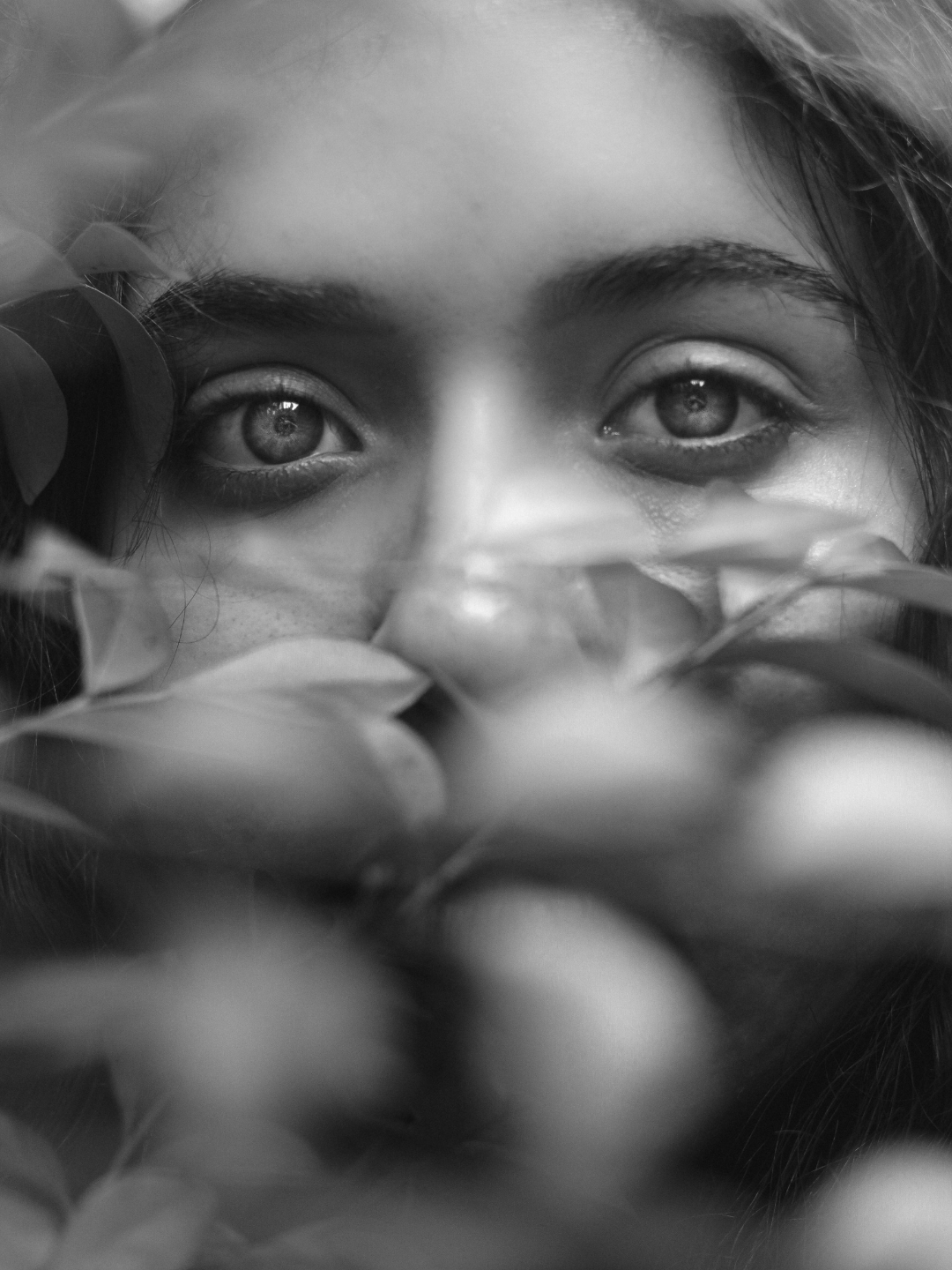
[Viewfinder]: 5 steps to train your eye to see beauty in everyday life
We tend to believe that beauty lives elsewhere, on mountaintops, in faraway cities, or hidden in rare moments of serendipity. But beauty is not a destination. It’s everywhere, woven into the cracks of the everyday, waiting for someone attentive enough to notice. The real challenge isn’t finding beauty. It is training your eyes to recognize it.
Virginia Woolf once wrote, “it is the habit of looking at things in themselves that is the first step in the discipline of seeing”. Learning to see is not passive. It is an act of will, of presence, of imaginative play.
For creatives, this practice strengthens not only the perception but also the mindset that fuels originality.
Here are five practical and artistic ways to train your eye to see beauty in everyday life.
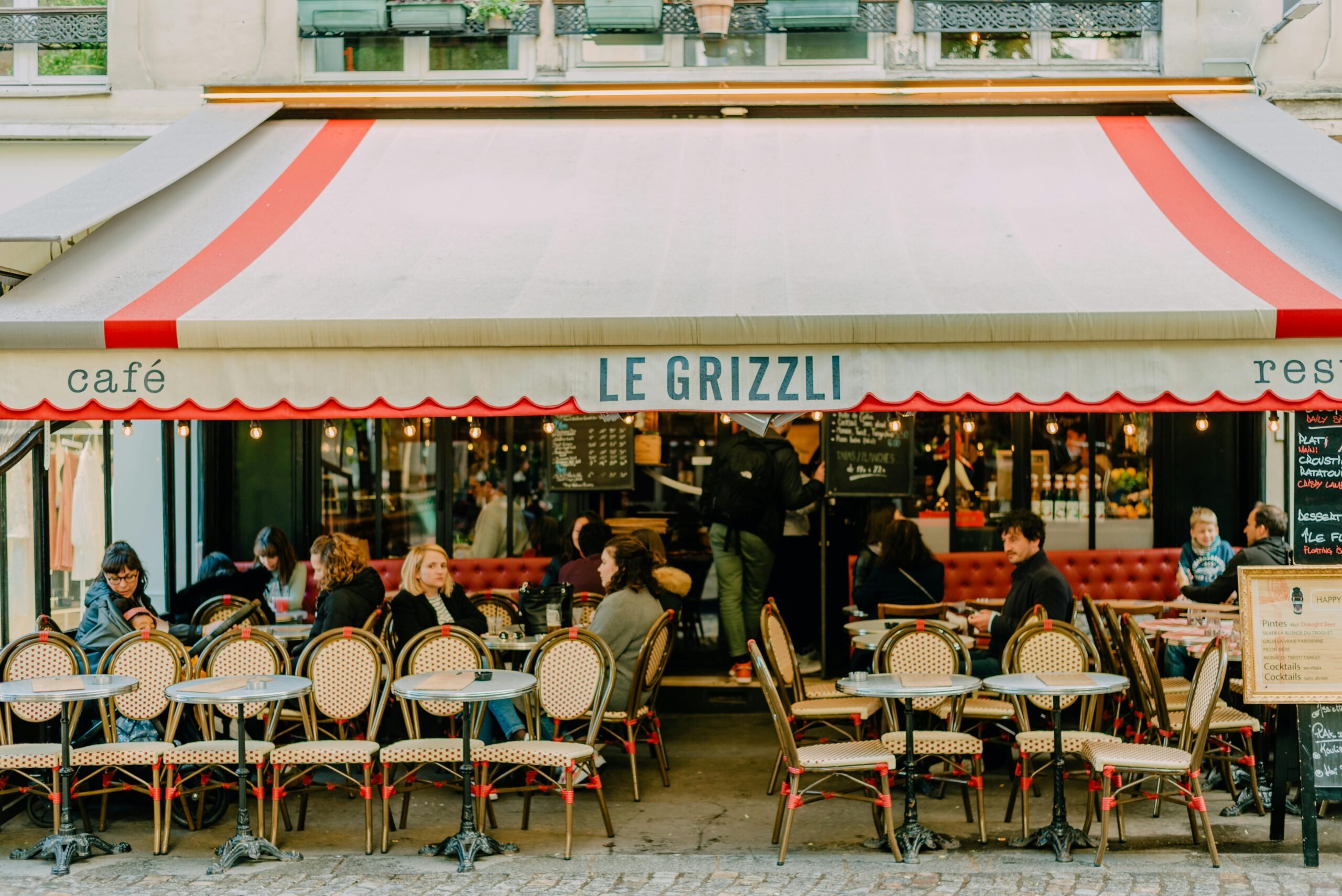
01. Slow down and notice the invisible
When life is lived at full throttle, everything blurs into sameness. We are conditioned to skim through life like headlines. Morning routines become muscle memory, streets blur into background, even conversations flatten into noise. But perception demands slowness.
Speed is the enemy of perception.
Henry David Thoreau reminded us that “It’s not what you look at that matters, it’s what you see.”Seeing demands slowness.
Slow your pace on a walk, not by seconds, but by half. Notice how a tree bends differently after rain, how the smell of bread from a corner bakery drifts further in colder air, how the faces on your commute are never the same twice.
Artists of the Dutch Golden Age built entire canvases around loaves of bread, pewter mugs, and half-peeled oranges. To them, stillness wasn’t small, it was monumental. Training your eye begins here: resisting speed so that the ordinary can reveal its architecture.
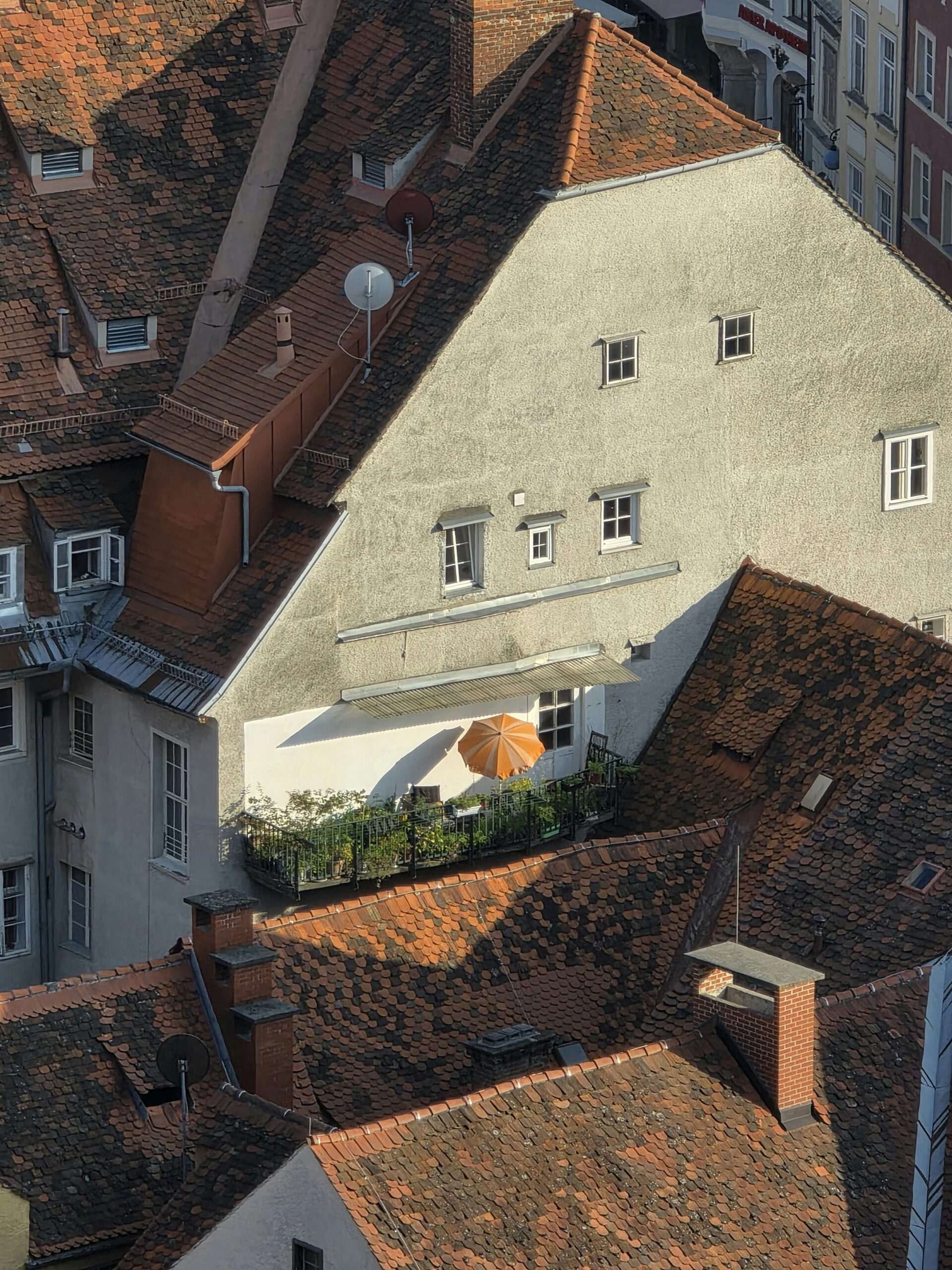

02. Move past the obvious beauty
Sunsets, landmarks, and oceans are easy to admire. The real exercise lies in noticing hidden beauty in the ordinary: puddle reflections, patterns in cracked sidewalks, or the faded elegance of peeling paint.
Claude Monet’s obsession with haystacks and water lilies wasn’t repetition, it was revelation. By painting the same subject under shifting skies, he proved that seeing differently requires persistence. What looked ordinary became extraordinary when viewed through changing light and mood.
No two people see the same thing the same way. Your creative edge lies in training your eye to look past clichés and into subtleties.


03. Cross-pollinate within other art forms
This is probably one of the most important things to consider. If you want to enhance your creative vision, look outside your own discipline. Writers can study architecture, musicians can explore sculpture, photographers can read poetry. This is one of the most powerful creative mindset tips: let another art form teach you how to see.
Leonardo da Vinci believed, “Learn how to see. Realize that everything connects to everything else.” Exposure to rhythm, form, and structure in unexpected places will sharpen how you notice details in your own craft.
When a poet studies Brutalist architecture, words suddenly carry weight. When a photographer reads Rilke, light becomes language. Crossing boundaries trains the eye to see patterns that others overlook.
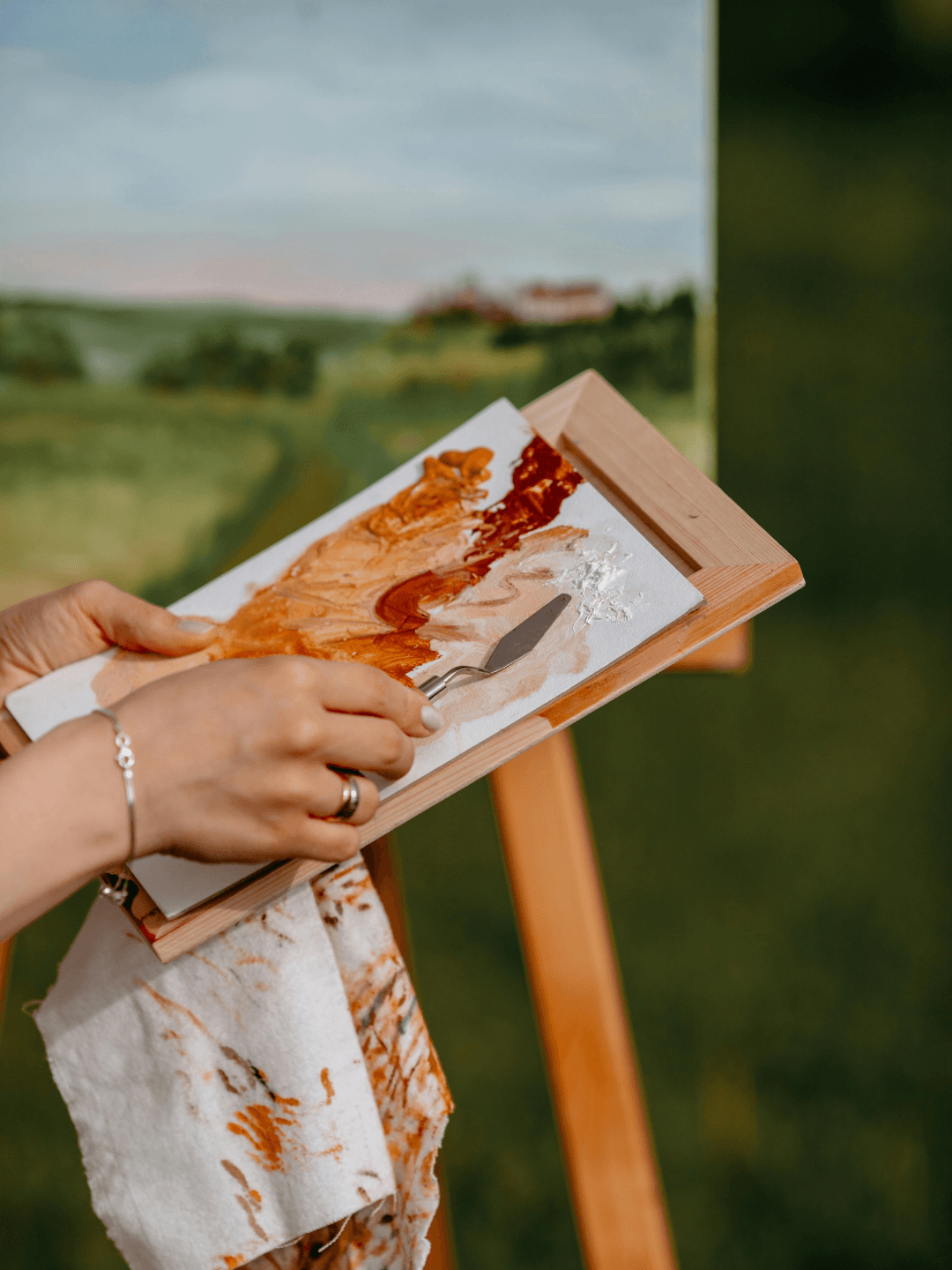
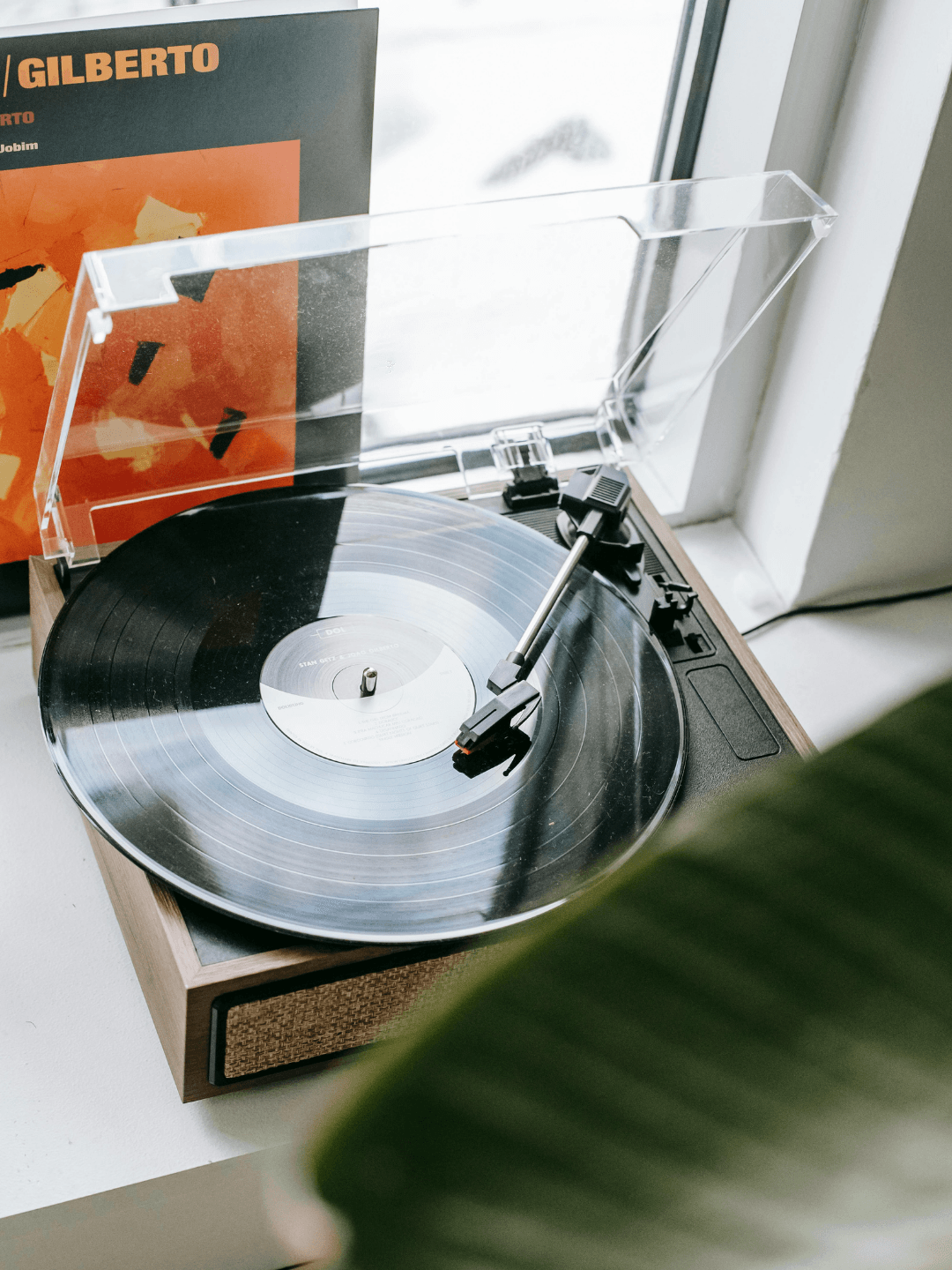
04. Get lost and find inspiration
Routine dulls perception. When you know exactly where you’re going, you stop looking. Getting lost resets your vision.
In Japan, yūgen describes a mysterious, hidden beauty like lanterns flickering through fog or geese disappearing into clouds. You don’t plan for yūgen; you stumble into it.
Choose wrong turns. Step into unfamiliar neighborhoods. Wander a market without buying anything. Suddenly, the overlooked details, laundry strung between balconies, the cadence of street vendors, the fading of a mural, become alive again. Disorientation is one of the fastest ways to rediscover everyday inspiration.
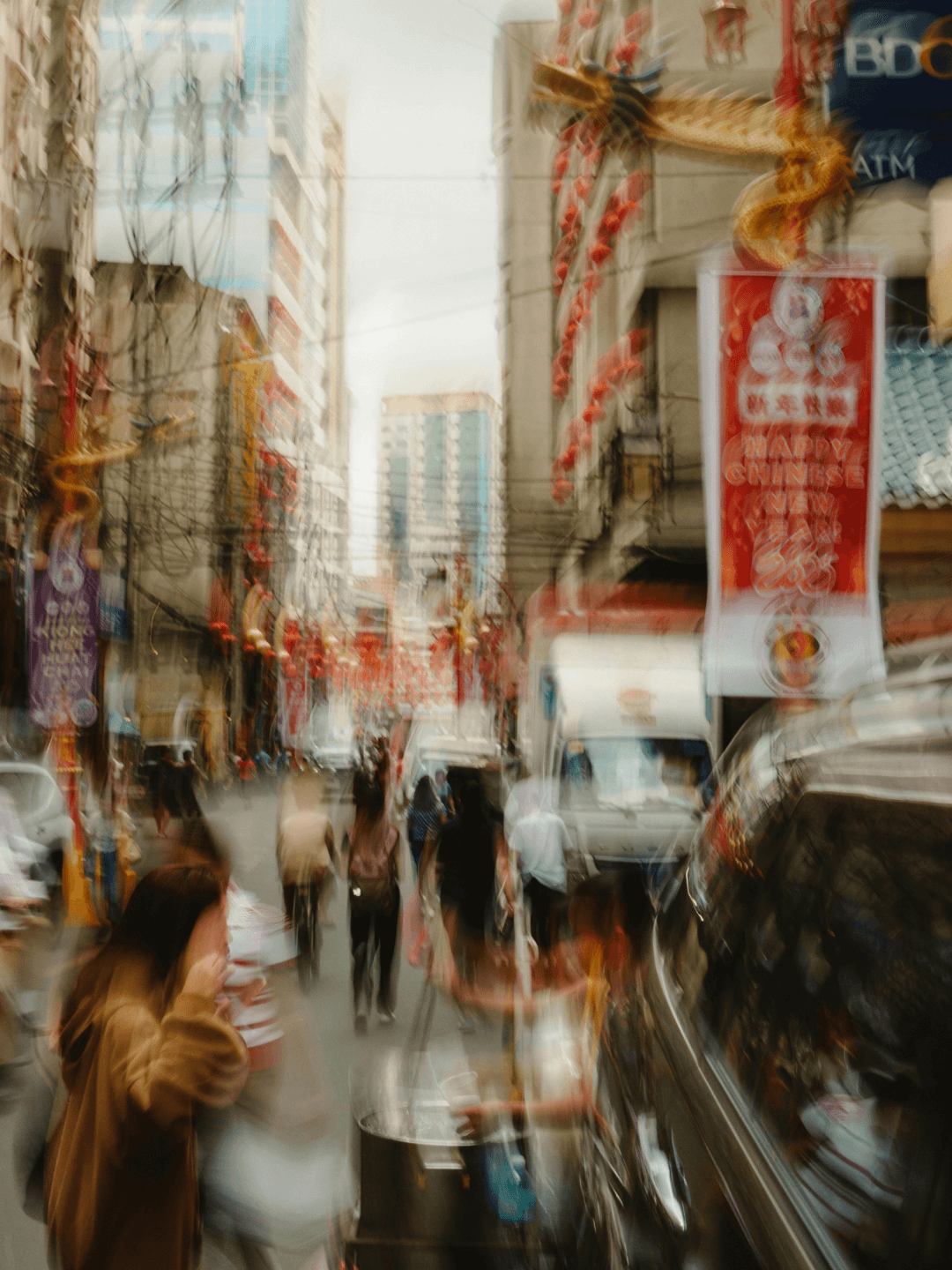

05. Capture less, remember more
In the age of constant photography, we risk documenting everything but experiencing nothing. Susan Sontag warned that “to photograph is to appropriate the thing photographed.” Yet sometimes, in capturing, we stop seeing.
Practice mindful seeing without the camera. Spend ten minutes in a park, café, or market with no devices. Later, recall what stayed: the saffron of a scarf, the metallic clang of a tram, the uneven texture of a wall.
Marcel Proust turned memory into art, the madeleine in In Search of Lost Time is proof that impressions, when preserved in the mind, can be more powerful than any photograph. Memory strengthens the creative eye in ways technology cannot.
The creative shift: from looking to seeing
When you train your eye to see beauty in everyday life, your creative mindset naturally expands. The chipped windowsill, the unexpected shadow, the spice-scented market lane. These aren’t background details. They are raw materials for creativity.
Once you stop chasing novelty and begin practicing mindful observation, you realize beauty has been waiting for you all along. Creativity is less about invention and more about attention; and attention, refined, is the highest form of seeing.
Subscribe to our newsletter
Get the best of The Mad Clouds straight to your inbox. Destination Guides, culture, photography and ideas, with expert analysis on the most meaningful stories in travel.
